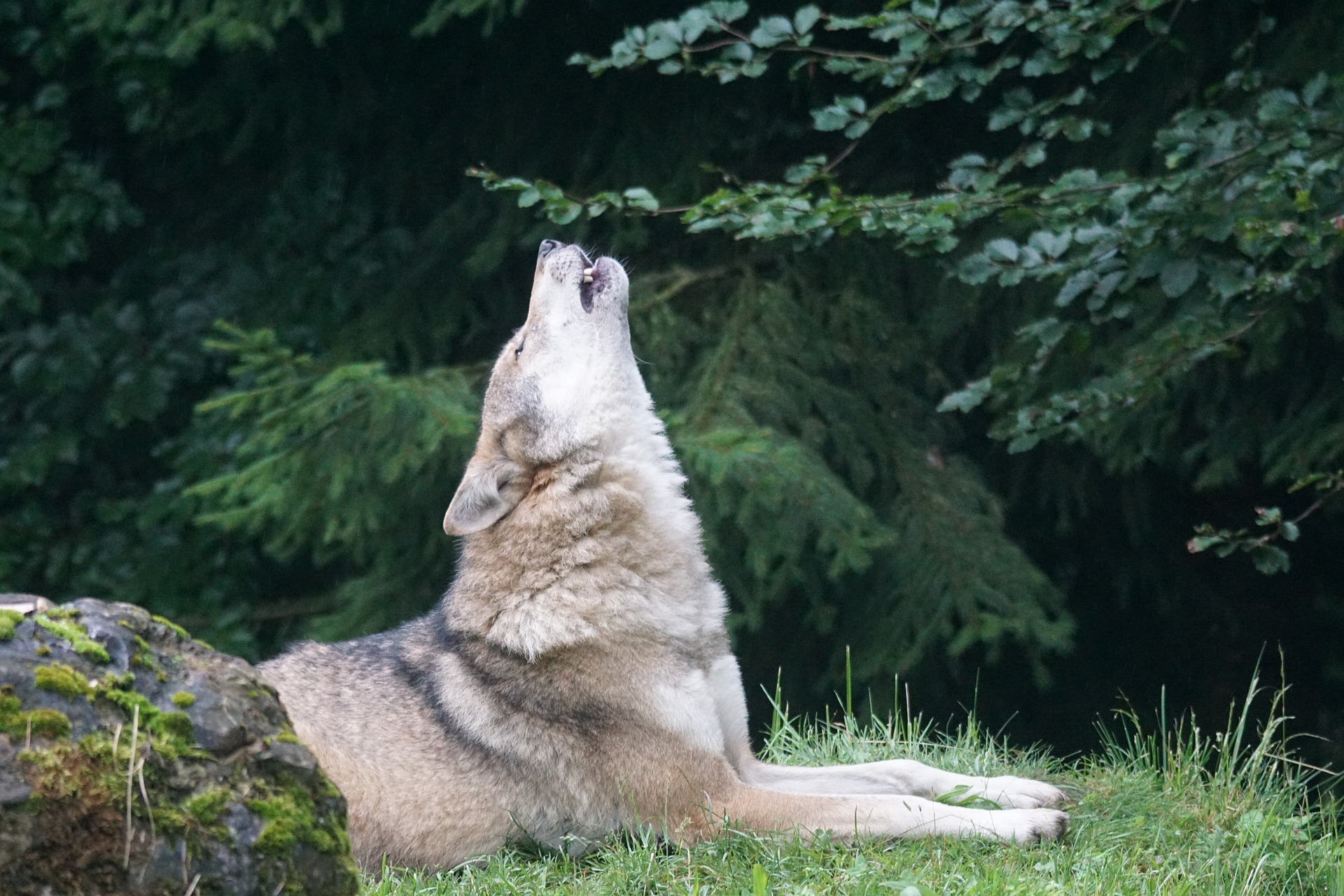Wolves have fascinated and frightened humans for centuries. They are the largest members of the Canid family and, as you likely know, are closely related to dogs. They are social animals and tend to live in packs made of eight to twelve individuals. While some people have flirted with the idea of raising wolves as pets, they are not domesticated at all and can be both extremely shy and extremely aggressive around humans.
As some may have heard, wolves have been feared for centuries, being associated with the devil’s work and killed in large numbers. Obviously, wolves have had and still have many more reasons to fear humans than the other way around. For example, the International Union for Conservation of Nature and Natural Resources lists red wolves as critically endangered, as the species only has around 30 members.
Despite having a strong presence in popular culture, there are many things about wolves that few people know. As such, today I’m going to give you a list of arguably interesting and/or fun facts about wolves.
A list for your Wolfipedia
Here is some knowledge that would help you build your mental Wolfipedia:
- There are two widely recognized species of wolves. The most common one is the gray, also known as the timber wolf. Gray wolves are 120 to 200 cm (6.56 ft) long and weigh between 18 and 79 kg (50 and 175 lbs). Despite their name, gray wolves have colors ranging from nearly white to black. The red wolf, on the other hand, is about 4.5-5.5 ft long 137-168 cm (4.5-5.5 ft) long and weighs around 23-36 kg (50-80 lbs).
A gray wolf looking at something
- Wolves can be found in Asia, Europe, North Africa, and North America. Even if you live or go in any of these places, it won’t be easy to find a wolf in the wilds, as they are typically few in number and located in remote places.
- During a single meal, an average wolf can eat as much as 20 lbs (9 kg) of food.
- Wolves mate in late winter, around Valentine’s Day, and the gestation period lasts for nine weeks. A litter consists of 1 to 11 pups.
- Pups drink mother milk for 10 weeks and start hunting at about 6 months of age. However, they are not considered full adults until the age of 2. Offspring typically stay in the pack for 10–54 months before dispersing to form new packs or join others.
No comment
- Wolves, just like dogs, like to chew on bones.
- Just as dogs, wolves communicate by leaving scent markings (e.g., urine)
- Wolves have webs between their toes which helps them swim long distances.
- The word “wolf” in English originates from Old English “wulf”, likely derived from Proto-Germanic “wulfaz”. The Proto-Indo-European root “wĺ̥kʷos” may be the source of the Latin “lupus” for wolf. Names like Wulfhere (“Wolf Army”), Cynewulf (“Royal Wolf”), and Wulfstān (“Wolf Stone”) are examples of names deriving from the word “wolf”.
A pack of white wolves having fun
- To keep themselves warm, wolves use their tail to cover their face.
- Wolves are monogamous with mated pairs usually staying for an undetermined period of time.
- Wolf packs howl to each other to send territorial messages.
- Wolves travel as much as 19 km (12 mi) per day.
Three apparently intrigued gray wolves.
- The smallest wolves weigh around 13.6 kg (30 lbs) and live in the Middle East. The largest wolves can reach about 80 kg (175 lbs) and live in Canada, Alaska, and Russia.
- The heaviest recorded wolf was 79 kg (174 lbs).
- Greeks once believed that eating meat from a wolf-killed lamb can turn you into some sort of vampire.
- A wolf pup has blue eyes at birth. Their eyes turn yellow at about 8 months after birth, or about 4 months before their first birthday.
- Wolves’ eyes glow in the dark due to a light-reflecting layer called tapetum lucidum. This glow may also help wolves see in the dark.
- Wolves run on their toes, as this helps them protect their paw pads and stop and turn easily.
Tinder wolves wondering around
- Wolf pups eat the food thrown back up from their moth.
- Wolves’ hearing is about 16 times better compared to human hearing.
- A wolf has almost 200 million scent cells and can smell animals from more than 1.6 km (1 mi) away
- Wolves have 42 teeth that do a good job I crunching bones and other stuff. A wolf’s mouth is also privileged with a crushing pressure of about 680 kg (1,500 lbs) per square inch.
A large pack of wolves enjoying some snow
- Wolves evolved from an animal called Mesocyon. This species lived about 35 million years ago and had a long body and short legs.
- Dire wolves really existed until about two million years ago. There is no written record of House Stark.
- Wolf pups are born deaf and blind.
- Wolves respond to human howls (!).
- Wolves do not howl at the moon (!!!).
You can now howl new knowledge
For most of you, wolves are not the type of creatures you will see every day, but they’re out there. So next time you hear a howl during a wildlife tour in places where wolves live, be moderately excited and try to find out if it’s a wolf, a dog, or even something else. Finally, now that you know more about wolves, feel free to spread the knowledge.
Sources
Live Science: Wolf Facts: Gray Wolves, Timber Wolves & Red Wolves
The International Union for Conservation of Nature and Natural Resources: WOLVES
National Geographic: Gray Wolf











